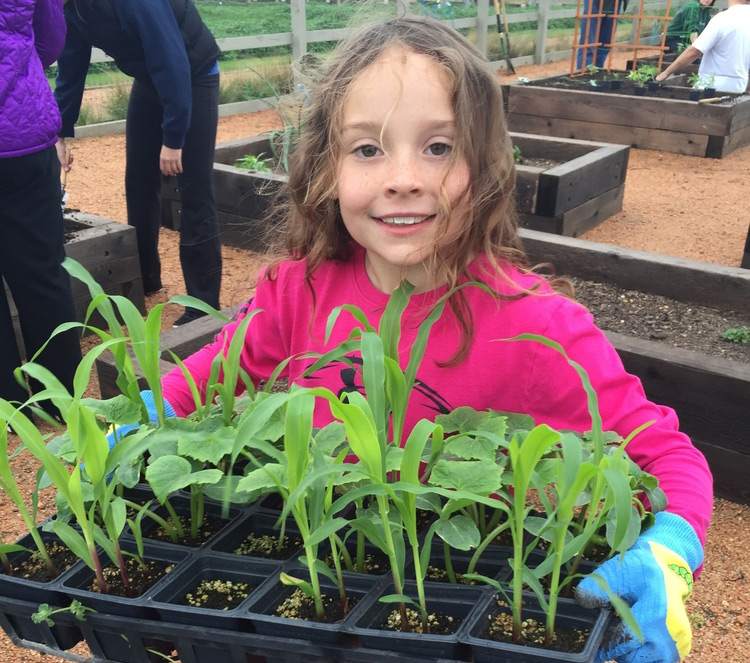
Planting and harvesting crops have been a way of life for human beings for thousands of years and today, gardening is a beloved pastime for many. From cultivating flowers to growing vegetables, many people find great joy in caring for the earth.
Micro gardens are a new trend appearing on the gardening scene, and this form of gardening is so easy and rewarding that anyone can participate.
Micro gardening involves planting vegetables, fruits, and flowers in a small space where plants would not ordinarily be found. This hobby is also referred to as tiny gardening. Micro gardens often appear on:
These small areas may not normally seem fit for a garden, but with the micro garden method, vegetables and flowers can be grown virtually anywhere. To get started, all that is needed are seeds, a container, moist soil, warmth, and light.
There are many kinds of vegetables that can grow in a micro garden. Some of them are microgreens, while others are not. Common vegetables include:
It has become a trend in recent years to grow microgreens, or young greens, in the micro garden that are harvested and eaten when they’re only a few inches tall. These are often added to salads, soups, and other dishes to enhance nutrition and provide new, exciting flavors.
Depending on your local climate, if the mature plant fits in your space, you can probably grow it in a micro garden.
One of the best aspects of micro gardening is that there are so many ways to do it. You can be as creative as you like and make your garden entirely personalized to you. Here’s how to get started on your own micro garden.
Before you start your micro garden, you must make a few decisions. Where will your garden be? If you are gardening in small containers, your garden may be portable but if you are planting in a half barrel or a wash tub, your micro garden will likely have to stay put. Choose your location carefully based on what you are planting and sun exposure.
For instance, tomato plants, peppers, and cucumbers do best in full sun, but most lettuces, basil, and other leafy greens can tolerate partial (morning) sun. Be sure and read the directions on your seed packets and plan your micro garden accordingly.
What container will you select for your micro garden? This is a great opportunity to get creative. Some suggestions include:
You can repurpose a myriad of different household items to plant your greens in. You just need to be sure that your container drains properly. If needed, drill several drainage holes in the lowest parts of your containers.
To start your micro garden, you may want to germinate your plants indoors. Most seeds can be soaked in water to accelerate germination. Follow package directions for each plant that you are growing. Add potting mix to your container and spray it lightly with water. (If your container is too large to be brought inside, you can do inside seed germination in any small container, with drainage holes, filled with potting mix.)
Place the container in a warm area that won’t be disturbed. Follow package directions for planting seed planting depth. Mist often to keep the soil moist but not soggy.
In a few days, the seeds will start to sprout. Now, a light source is needed. A grow light or a sunny indoor location will give the best results.
Continue misting with water to maintain constant, light moisture. Rotate the container if the seedlings start to lean towards the light source and add a fan to enhance air circulation and prevent mold growth.
Depending on how many seeds you planted and the size of your container, you may need to thin out your crop once your seedlings get larger. You can give some to friends or discard the extras. If your micro garden will be outside, you can transplant your seedlings outside once they get two or three sets of leaves.
Depending on what you are growing, your micro garden may be ready to harvest in just a few weeks! Microgreens grow very fast and can be a tasty addition to a variety of meals!
Homebuyers who love making things grow are right at home at Harvest by Hillwood! Our agrihood community in Argyle/Northlake, TX is tailor made for those who value a farm-to-table lifestyle. Residents can work in our community garden and have access to their own private garden plots as well. What’s more, our professional, on-site farmer, Farmer Ross, is here to help with gardening classes and tips.
If you have been looking for a community that shares your love of plants and gardening, Harvest by Hillwood should be your next home. Contact us today.
